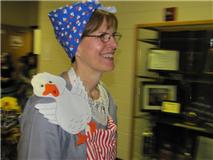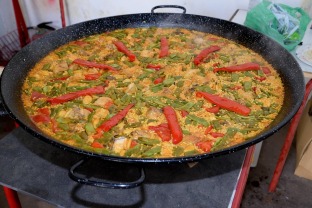The first Wednesday evening of each month finds me at the local library rearranging the tables for critique group. This gathering of writers and illustrators for children’s works has taken place for about 18 months, now, and has evolved a great deal during that time. Attendees come and go with their own particular needs, which is to be anticipated with this type of group, and a usual core of ‘regulars’ shows up on a dependable basis.
Members include those who are traditionally and self-published, in addition to those who are seeking their first publication, or who might just enjoy the process of writing. We share our works in progress, give voice to our successes and disappointments, offer praise and helpful advice, in addition to discussing common concerns related to our craft and industry.
I think that the biggest change I have seen during this time is the wide variety of creations that those attending bring in to read, show, and discuss. Yes, writers still share complete and partial picture books or chapter book texts. In addition, we’ve mulled over many a query letter and just had our first taste of a press release, as well. Illustrations now run the gamut from sketches to full-color renderings and include those to be used in picture books, magazine/newspaper stories, social media banners, and for pure inspiration!
Bottom line, there’s a great deal of “work” and communication that needs attention, beyond the specific written and/or illustrated products that we hope to publish. Within our ranks, we’re finding a supportive environment for ALL of those needs, and we’re each adding to or reinforcing our personal knowledge with every new encounter.
I can hardly wait to see what the second half of this year brings!
If YOU belong to a critique group, I would love to read comments about the types of works that are shared.
~Becky~







